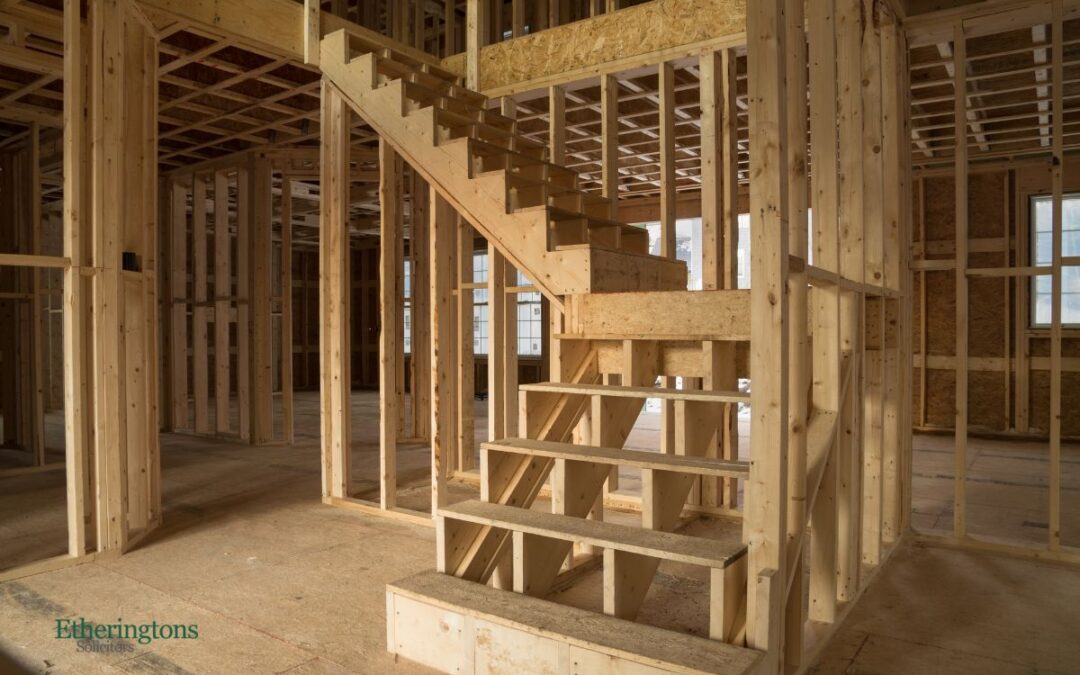
Oct 29, 2024 | Building and Construction Law
What is Home Building Compensation? Home Building Compensation (‘HBC) cover (formerly known as Home Warranty Insurance) is a mandatory insurance scheme for builders and contractors. HBC cover protects homeowners from... Read More

Aug 30, 2024 | Building and Construction Law
Construction projects can become overwhelming when the people you have contracted are failing to meet the required standard. To avoid complications with your residential building work, it is important to... Read More

Jul 13, 2022 | Building and Construction Law, General Advice
If you’re the owner of a property that has a swimming pool, you need to be aware of your obligations in relation to your pool. Personal swimming pools must be... Read More

Jul 8, 2022 | Building and Construction Law
Mr David Chandler OAM began his position as the NSW Building Commissioner on 14 August 2019. The former Premier of NSW, Gladys Berejiklian, stated that the appointment of a Building... Read More

Jul 6, 2022 | Building and Construction Law, Strata Law
The Independent Construction Industry Rating Tool (iCIRT) was launched by the NSW Government in late 2020 to tighten building regulations and inspections. This strategy aims to rebuild public confidence in... Read More

May 23, 2022 | Building and Construction Law
As of July 2021, reforms under the Design and Building Practitioners Act 2020 (NSW) and the Design and Building Practitioners Regulation 2021 (NSW) have come into effect to provide greater... Read More







